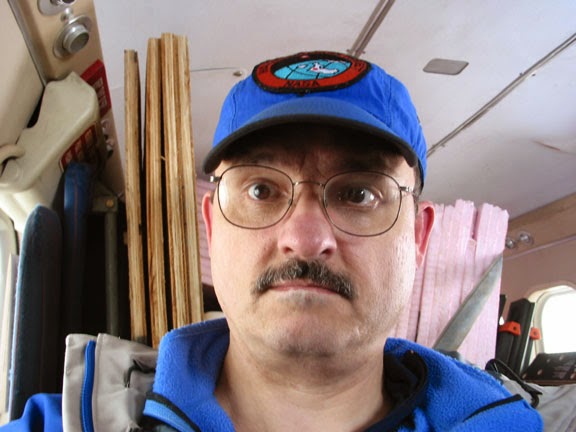Artist's concept image of ISEE-3 (ICE) spacecraft.
Credit: NASA
Red tape and a moderate earthquake did not deter a private group from meeting its goal of making contact with ISEE-3, a 36-year-old NASA spacecraft that has been slumbering in deep space since 1997.
Now, members are trying to redirect the path of the vintage International Sun-Earth Explorer 3 (ISSE-3) probe before it's too late.
The engineers, programmers and citizen scientists, working under the name ISEE-3 Reboot Project, "spoke" with the probe Thursday (May 29) using the Arecibo Observatory in Puerto Rico.
This was after a 5.8-magnitude earthquake shook the area earlier this week during testing, temporarily shutting down telescope operations.
"It took a lot of preparation and perseverance," said co-leader Keith Cowing, who remained behind in Virginia for co-ordination while other co-lead Dennis Wingo worked at Arecibo.
Wingo's team has at the Arecibo Observatory for two weeks and is expected to leave Friday (May 30).
The team technically had the capability to command the spacecraft last Friday (May 23), but under a Space Act Agreement with NASA had to have the agency's approval before making the move. That approval finally came through Thursday (May 29).
Cowing acknowledged waiting for approval took longer than he hoped, but said given it's the first time a private group wanted to do something like this, he could appreciate the agency's caution.
Luckily for the group, their preparation worked: first contact went off without a hitch, with the spacecraft responding to a tone exactly as expected. "I'm doing my happy dance," Cowing said.
NASA's International Sun-Earth Explorer (ISEE-3) was undergoing testing and evaluation inside Goddard's dynamic test chamber when this photo was taken.
Working inside a dynamic test chamber, Goddard engineers wear protective "clean room" clothing to prevent microscopic dust particles from damaging the sophisticated instrumentation.
NASA launched the 16-sided polyhedron, which weighed 1,032 lbs. (469 kg.), from Cape Canaveral, Florida, on August 12, 19
This illustration shows the trajectory of the ISEE-3-ICE Trajectory spacecraft.
Credit: NAS
The ISEE-3 Reboot Crew After Signal Confirmation on USRP Radio
Credit: NASA
Red tape and a moderate earthquake did not deter a private group from meeting its goal of making contact with ISEE-3, a 36-year-old NASA spacecraft that has been slumbering in deep space since 1997.
Now, members are trying to redirect the path of the vintage International Sun-Earth Explorer 3 (ISSE-3) probe before it's too late.
The engineers, programmers and citizen scientists, working under the name ISEE-3 Reboot Project, "spoke" with the probe Thursday (May 29) using the Arecibo Observatory in Puerto Rico.
This was after a 5.8-magnitude earthquake shook the area earlier this week during testing, temporarily shutting down telescope operations.
 |
| Keith Cowing |
Wingo's team has at the Arecibo Observatory for two weeks and is expected to leave Friday (May 30).
The team technically had the capability to command the spacecraft last Friday (May 23), but under a Space Act Agreement with NASA had to have the agency's approval before making the move. That approval finally came through Thursday (May 29).
 |
| Dennis Wingo |
Luckily for the group, their preparation worked: first contact went off without a hitch, with the spacecraft responding to a tone exactly as expected. "I'm doing my happy dance," Cowing said.
NASA's International Sun-Earth Explorer (ISEE-3) was undergoing testing and evaluation inside Goddard's dynamic test chamber when this photo was taken.
Working inside a dynamic test chamber, Goddard engineers wear protective "clean room" clothing to prevent microscopic dust particles from damaging the sophisticated instrumentation.
NASA launched the 16-sided polyhedron, which weighed 1,032 lbs. (469 kg.), from Cape Canaveral, Florida, on August 12, 19
This illustration shows the trajectory of the ISEE-3-ICE Trajectory spacecraft.
Credit: NAS
The ISEE-3 Reboot Crew After Signal Confirmation on USRP Radio










No comments:
Post a Comment